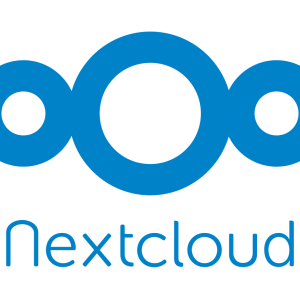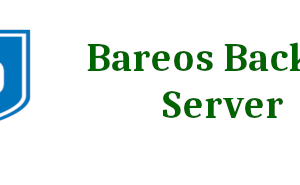How to Access ILO3 and Setup RAID arrays on HP Proliant DL360 Gen 7
Today, we had to install an additional server in the Datacenter based in Nairobi, Kenya. The server is from a much earlier generation and unlike the usual GUI-like interface called…
Read More »
How to Change Your Django Database to PostgreSQL
For most people, when developing a Django web application, they use the default SQLite3 database. SQLite3 allows you to quickly get started coding without complexities. However when its time to…
Read More »
Installing a database cluster using Galera Cluster with MariaDB
Galera Cluster robust database cluster made on top of MariaDB or MySQL. It contains several features that make it more reliable that standard MySQL Replication. It is a battle-tested solution…
Read More »
How to Deploy a flask app on Ubuntu 20.04 using Passenger Standalone
On a previous article, we looked at deploying a flask application on Ubuntu 20.04 using Apache and Passenger It is also possible to deploy an application on Passenger alone, without…
Read More »
How to Install OpenLiteSpeed on Centos 7
OpenLiteSpeed (OLS) is one of the fastest web servers available in the market today. Here, we’ll show you how to install OLS from its repository in Centos7.6, configure PHP and…
Read More »ERROR: sudo: pam_open_session: System error sudo: policy plugin failed session initialization
I got this error when trying to run a few commads with sudo right after I set password expiration on my RHEL7 box. Immediately after, I couldn’t use sudo for…
Read More »
How to Install Premium SSL on Hostname in CWP on Apache
Sometimes, you may choose to install premium SSL such as Comodo Positive SSL or Rapid SSL on your hostname instead of the free Let’s Encrypt SSL provided by CWP. Below…
Read More »
How to integrate Collabora Online on a Nextcloud server
One of the use cases of a Nextcloud server is that it can be used as a collaboration and sharing tool. Our current Nextcloud setup allows document sharing and collaborative…
Read More »
How to install Nextcloud 16.0.4 on Ubuntu 16.04
Nextcloud is an open source software that allows users to store their data; files, contacts, calendars, news feed, TO-DO lists and much more. It is a tool for collaboration and…
Read More »
Bareos Backup Server
A backup server enables one to backup data, files, applications and databases either locally or remotely. It can be a combination of software and hardware technologies that provide storage and…
Read More »